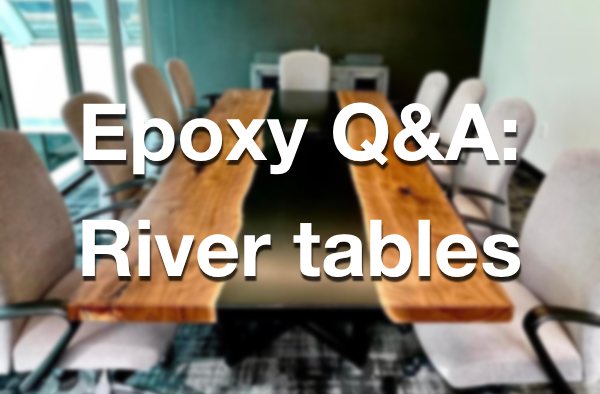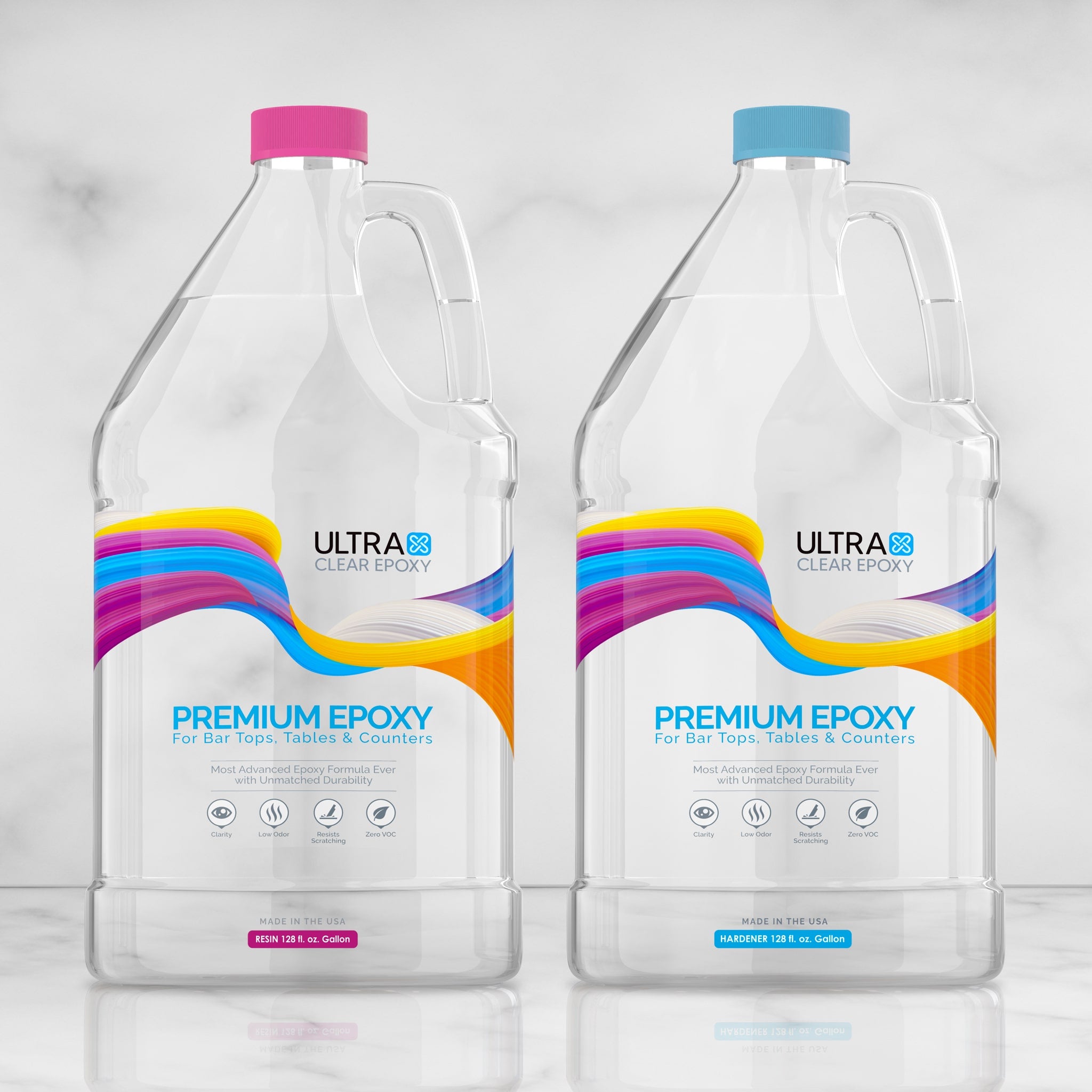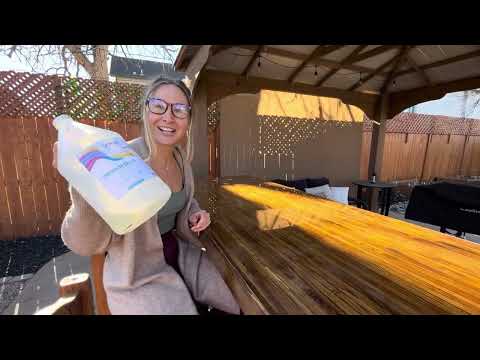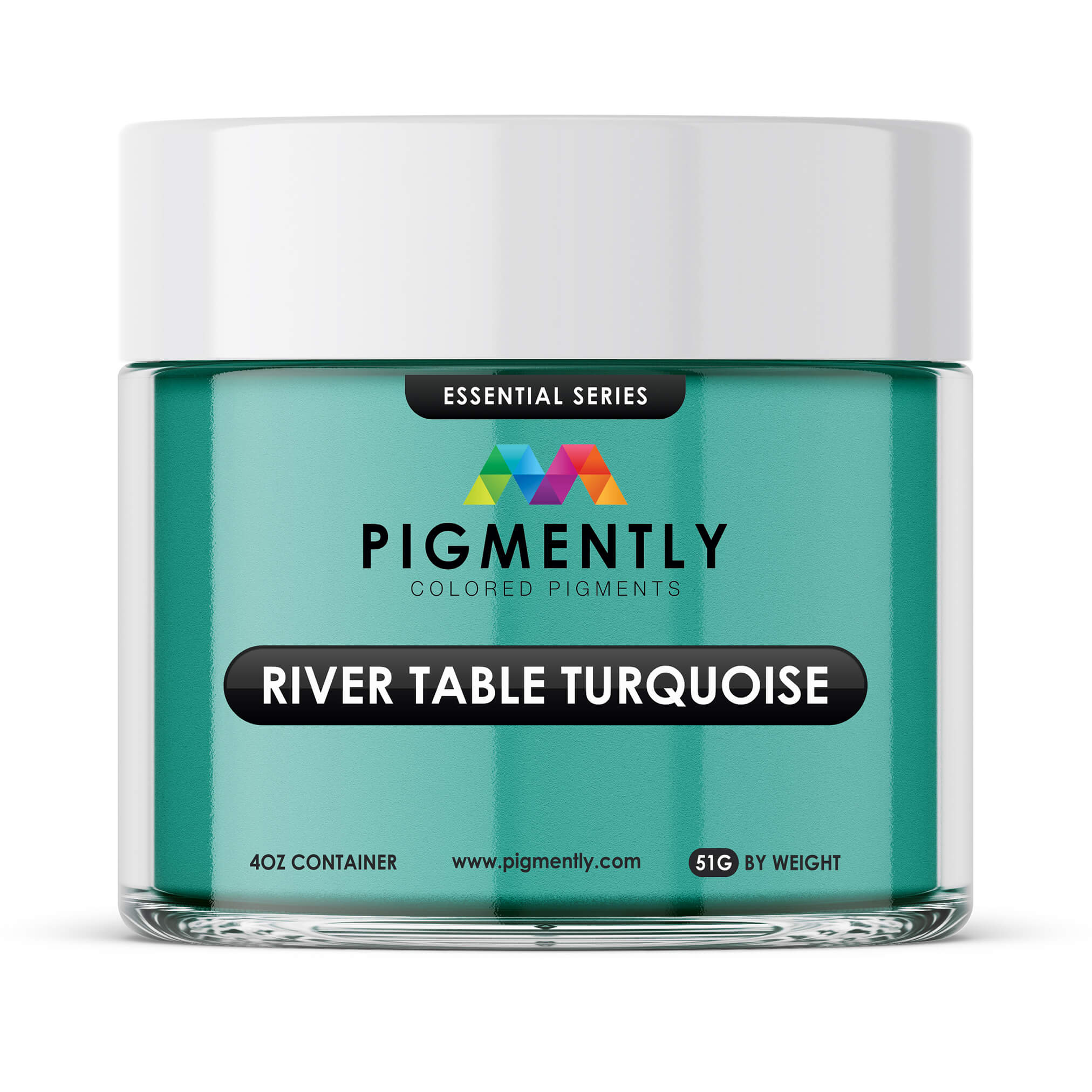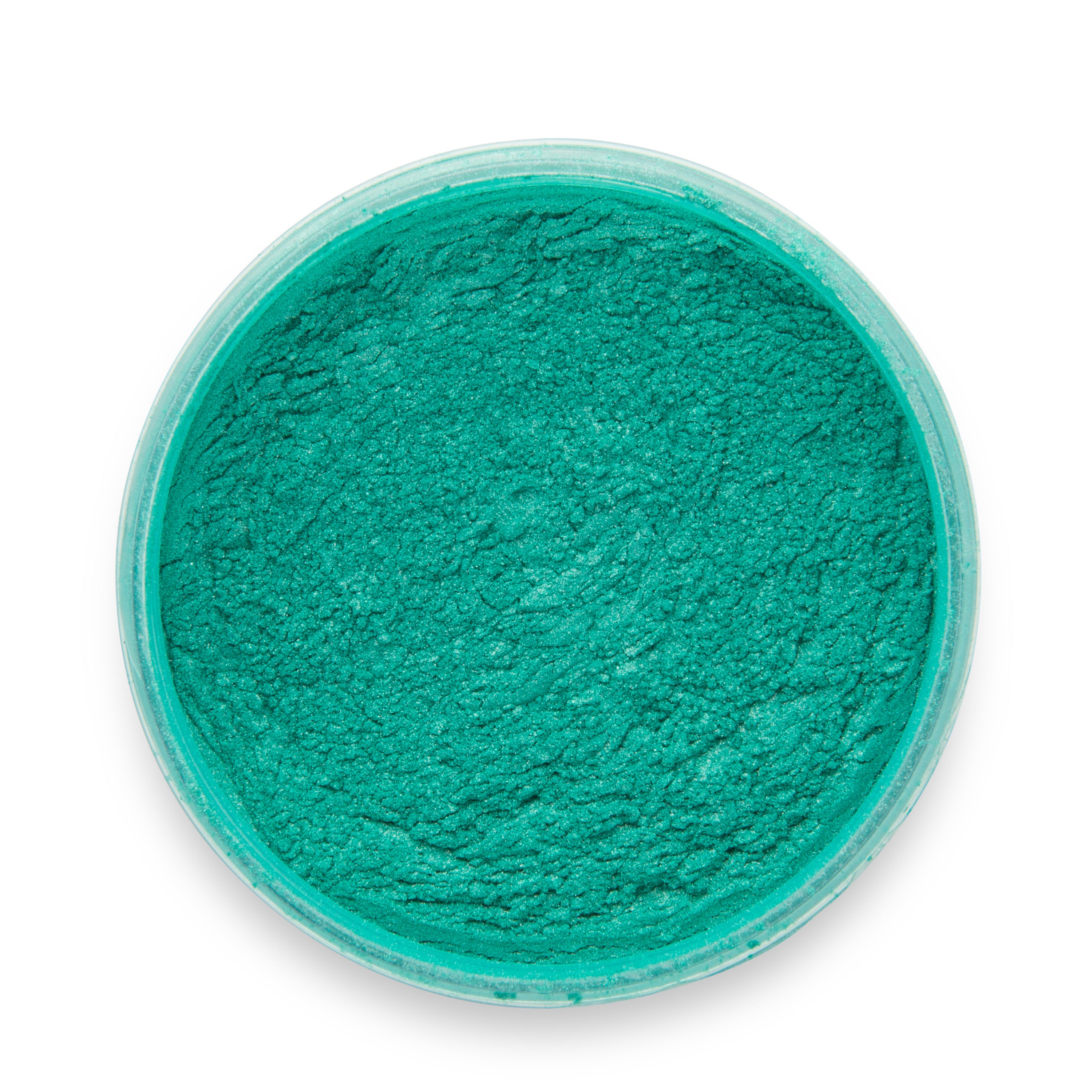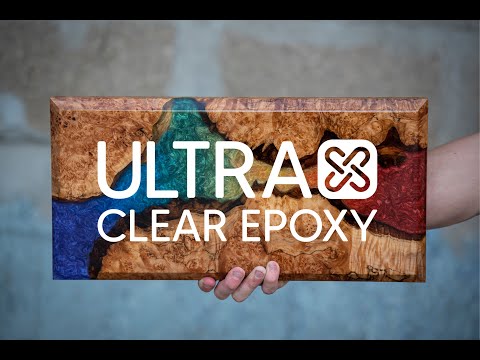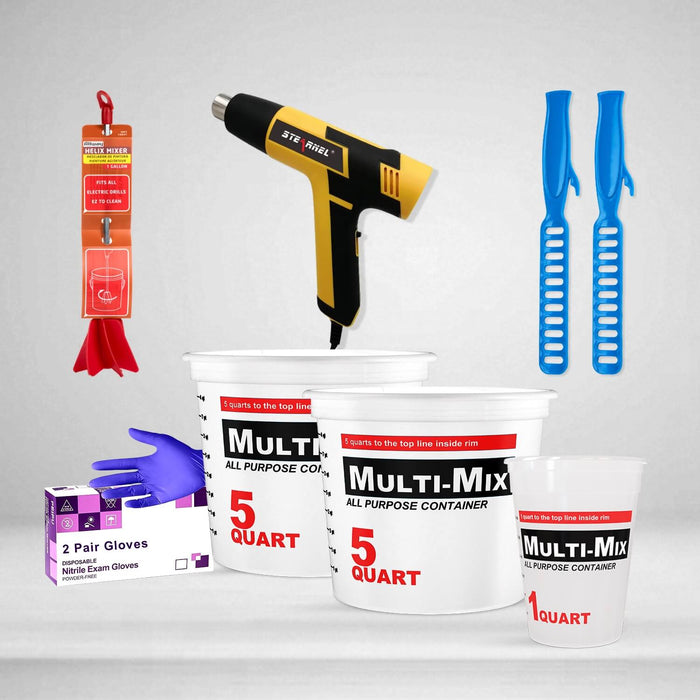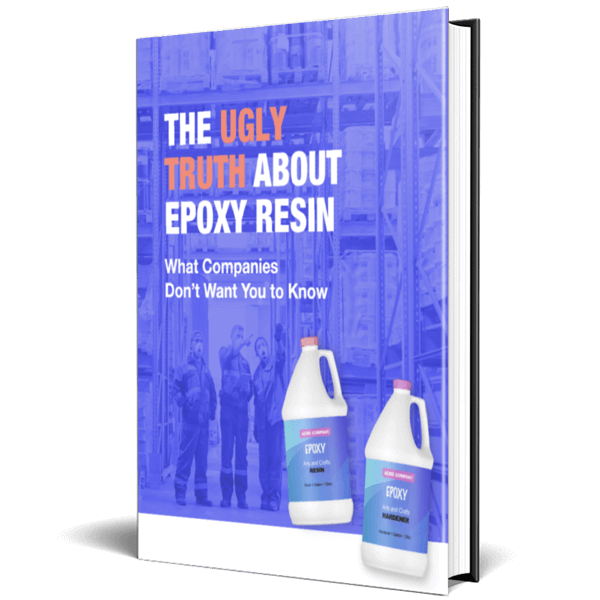A river table is among the most striking types of projects commonly performed with epoxy. Typically made from wood, these beautiful works of art blend form and function to appeal to the senses while being useful in a variety of ways.
But river tables aren't the most common type of project, likely owing to how intimidating they may seem as a project to DIYers and even some professionals. And as a result, fewer people are familiar with river table crafting.
In this article, we'll provide answers to a variety of common questions about river tables, ranging from what they are to how to maintain them, and various questions about the planning/crafting process in between.
Ten questions—and answers—about epoxy river tables
The following questions are answered further below. Click on any of them to jump straight to our answer.
Question #1: What is a river table?
A river table is a type of furniture in which a vein of epoxy resin has been poured between two slabs of substrate material—usually wood—which generates the appearance of a flowing river. The epoxy fills the gap within the substrate, which often has natural edges, and can be colored to resemble water, creating a unique and striking design. The river effect is customizable, with varying colors, patterns, and textures.
It's worth noting that while wood is by far the most common material choice for the slabs (especially live-edge wood) due to its highly receptive nature in forming strong bonds, many other types of materials are just as viable, and the only intrinsic property is the river vein, which can be any shape or size.
Question #2: What type of wood is best for a river table?
The best wood for a river table is typically hardwoods such as walnut, maple, oak, or mahogany, which have interesting grain patterns and live edges. These woods are strong and provide an attractive, durable foundation for the epoxy river. You can also use softer woods, but hardwoods are often preferred for their aesthetic qualities and longevity.
Question #3: How do you make a river table?
To make a river table:
- Start by selecting and preparing two slabs of wood with live edges.
- Seal the edges of the wood to prevent the epoxy from soaking in.
- Build a mold to hold the slabs in place and ensure that the epoxy will stay contained.
- Mix and pour deep pour epoxy into the gap between the slabs, filling it up to the desired thickness. You can add color or pigment to the epoxy during mixing for the river effect.
- Allow the epoxy to cure, then sand and polish the surface for a smooth, glossy finish.
For a more detailed explanation, take a look at our in-depth, step-by-step guide to river tables.
Question #4: Can I use regular epoxy for a river table?
Regular table top epoxy is not recommended for the main pour in a river table because it is designed for thin layers and cannot be poured too thick.
For the thicker pours (often 1-2 inches) usually involved in crafting a river vein, we recommend deep pour epoxy. Deep pour epoxy is formulated to handle larger volumes, minimize heat buildup during curing, and ensure a strong, durable bond, and, despite its role as a niche, specialty epoxy, it's also beginner friendly.
Question #5: How thick should the epoxy be in a river table?
The epoxy in a river table is typically poured between 1/8 inch to 2 inches thick, depending on the design.
For deeper sections or wider gaps, deep pour epoxy is required to ensure that the resin cures properly without cracking or overheating. Multiple layers may be poured to build up thickness if needed.
Question #6: How long does it take to make a river table?
The entire process of making a river table can take anywhere from several days to a few weeks. This includes preparation, curing time for the epoxy, and the sanding and finishing process. The epoxy itself may take anywhere from 24 hours to 72 hours to fully cure, depending on the type and thickness of the pour. Additional time may be needed for polishing and finishing.
Question #7: Can I add color to the epoxy for the river effect?
Yes, you can add pigments such as mica powders, resin dyes, or alcohol inks to the epoxy to create various colors and effects in your river table. Common colors include blues, greens, and clear with metallics or glitter for added visual interest. Be sure to mix the pigments thoroughly to avoid streaks and ensure even coloration throughout the epoxy.
In our store, we offer high-quality colorants from Pigmently, which you can find on the following pages:
Question #8: How do I prevent air bubbles in my river table epoxy?
To prevent air bubbles, mix the epoxy slowly and carefully to avoid introducing air into the mixture. After pouring the epoxy into the gap, use a heat gun or torch to gently pass over the surface to release any trapped air bubbles. Be cautious not to overheat the resin, which could cause damage or improper curing.
Learn more about preventing or removing air bubbles in our dedicated guide.
Question #9: What is the best way to finish a river table?
After the epoxy has cured, sanding and polishing can be performed necessary to achieve a smooth matte or glossy finish. For sanding, start with a coarse-grit sandpaper to level the epoxy and remove imperfections, then gradually move to finer grits. After sanding, apply a polishing compound and a buffing cloth for a high-gloss shine. You may also apply an additional coat of epoxy as a topcoat for extra protection and a smooth finish.
Question #10: How do I care for a river table?
To care for a river table, keep it clean by wiping it down with a damp cloth and mild soap. Avoid harsh chemicals or abrasives that could damage the finish. For ongoing protection, you can occasionally apply a wood conditioner or oil to any uncoated wood to maintain its luster. It's also important to avoid placing hot items directly on the table, as it can cause damage to the epoxy and wood.
Have questions? Want advice? Contact us!
If you have any questions about epoxy resin, or if you'd like assistance in planning an epoxy project, please reach out to us at UltraClear Epoxy—our epoxy experts are ready to assist!
You can contact us via phone or email here. During business hours, you can also text chat online with one of our resin specialists by clicking the Help button at the bottom of your screen.
In our online store, you'll find a variety of useful tools and supplies, ideal for resin projects, plus our award-winning UltraClear Bar & Table Top Epoxy and our UltraClear Deep Pour Epoxy.

